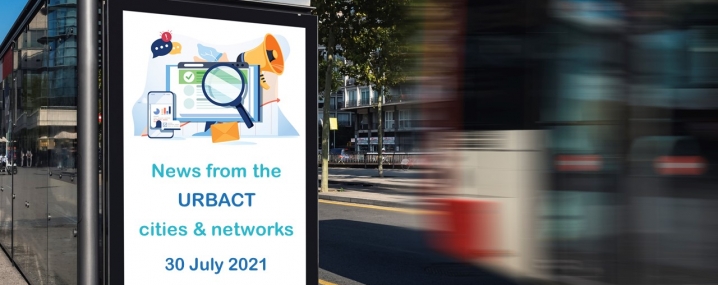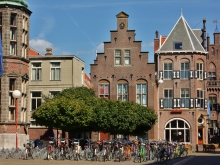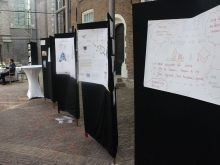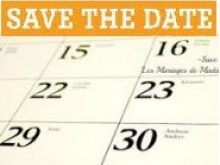
Magdeburg
The capital of the eastern German state of Saxony-Anhalt, Magdeburg is a city of about 230,000 inhabitants surrounded by a vast and sparsely populated rural area. The city’s historic centre was heavily bombed during World War II and much of the current centre was rebuilt after reunification. The population is relatively old, as many of the young migrated westwards after reunification, although the student population helps to make it a relatively lively city. And after years of population decline, the city grew slightly in 2011.
The main industries are mechanical and plant engineering, recycling and environmental technology, healthcare, medical engineering, and logistics. Magdeburg is a relatively cheap location in Germany. The service industry is gradually developing, but the local economy is dominated by companies who use it as a production base while locating their R&D departments elsewhere.
The city was able to attract a large wind turbine factory that relocated from northwest Germany, creating 3,000 jobs, thanks to the region’s manufacturing skills and productivity. However, the regional economy offers relatively few jobs for the higher educated, and it is difficult to keep students in the region after their graduation. Though it is located near an important motorway junction and benefits from high-speed rail connections and its location on the River Elbe, it does not have an international airport. The nearest major airports are Berlin or Hannover, about 1.5 hours away by road. As in many other parts of Europe, the city suffered severe flooding in 2013.
SOME RELATED NETWORKS
WIT
EUniverCities
Article
Welcoming international professionals and students
News
25 Transfer Networks approved!
News
EUniverCities Local Action Plans (LAPs)
News
RE-Block Policy Development Recommendation adopted by project partners at Final Conference
News







